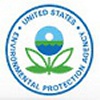|
|













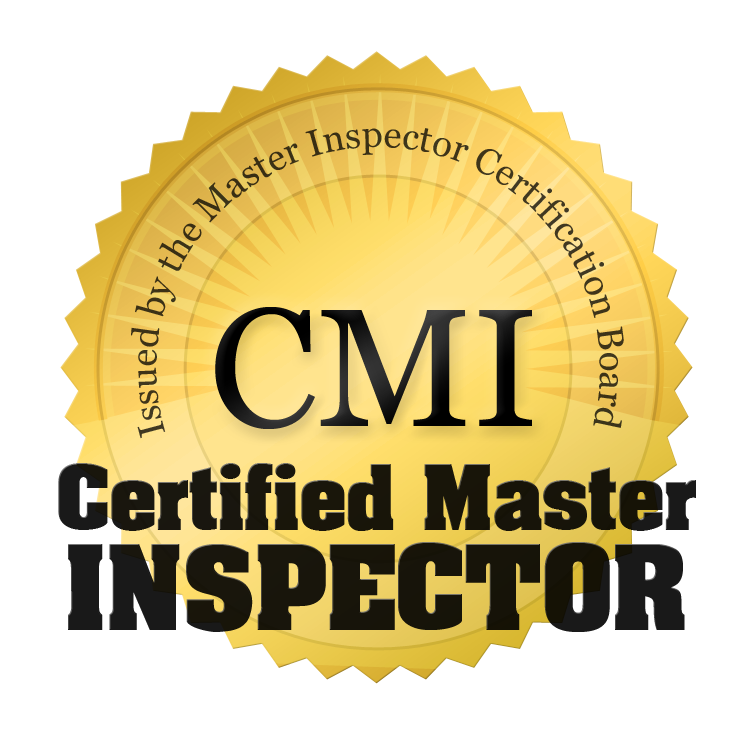
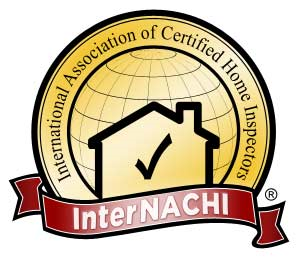







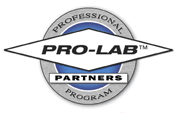




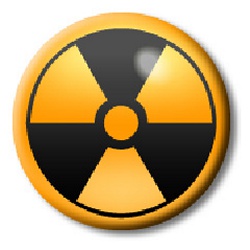
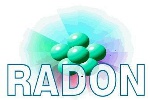
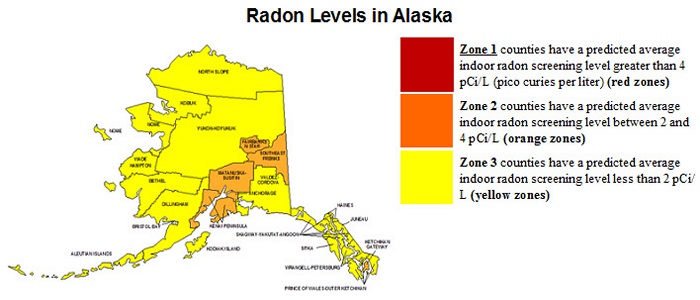
TRIPLE M LLC
RADON TESTING - SHORT
The short radon test will take 4 days to complete with
another 3 to 4 days for lab results.
Inspection Summary
What is a safe level of radon gas?
• safe level of radon gas is no radon gas. Radon gas is a
carcinogen which causes lung cancer. The US EPA has put
it plainly, stating, "Any radon exposure has some risk of
causing lung cancer. The lower the radon level in your
home, the lower your family's risk of lung cancer." The
average person receives a higher dose of radiation from the
radon levels in their home than from their combined
exposure to all other radiation sources, natural or
man-made. Radon gas is a naturally-occurring byproduct of
the radioactive decay of Uranium in the soil. Depending on
your geographic location, the radon levels of the air you
breathe outside of your home may be as high as 0.75 pCi/L.
The national average of outside radon levels is 0.4 pCi/L
and it is estimated by the National Academy of Sciences
that outdoor radon levels cause approximately 800 of the
21,000 radon induced lung cancer deaths in the US each
year. Your risk of lung cancer increases substantially with
exposure to higher radon levels. Lung cancer risk rises 16%
per 2.7 pCi/L increase in radon exposure. (World Health
Organization, 2009) Studies show that radon is the primary
cause of lung cancer among people who have never smoked.
However, the absolute numbers of radon-induced lung
cancers are much larger in people who smoke, or who have
smoked in the past, due to a strong combined effect of
smoking and radon.
What is Radon?
Radon is the colorless, odorless gas that is produced
by the decay of the Radioactive element radium. It is
one of the heaviest room temperature gasses on Earth.
Quick Links
Get Adobe
What is an acceptable level of radon gas?
Radon Act 51 passed by Congress set the natural outdoor level
of radon gas (0.4 pCi/L) as the target radon level for indoor
radon levels. Unfortunately two-thirds of all homes exceed
this level. The US EPA was tasked with setting practical
guidelines and
recommendations for the nation. To this end, the US EPA has set an action level of 4 pCi/L. At or above this level of radon, the EPA recommends you take corrective measures to reduce your exposure to radon
gas. This does not imply that a level below 4.0 pCi/L is considered acceptable, as stated in the BEIR VI study. It is estimated that a reduction of radon levels to below 2 pCi/L nationwide would likely reduce the yearly lung cancer deaths attributed to radon by 50%. However, even with an action level of 2.0 pCi/L, the cancer risk presented by radon gas is still hundreds of times greater than the risks allowed for carcinogens in our food and water.
recommendations for the nation. To this end, the US EPA has set an action level of 4 pCi/L. At or above this level of radon, the EPA recommends you take corrective measures to reduce your exposure to radon
gas. This does not imply that a level below 4.0 pCi/L is considered acceptable, as stated in the BEIR VI study. It is estimated that a reduction of radon levels to below 2 pCi/L nationwide would likely reduce the yearly lung cancer deaths attributed to radon by 50%. However, even with an action level of 2.0 pCi/L, the cancer risk presented by radon gas is still hundreds of times greater than the risks allowed for carcinogens in our food and water.
While no level of radon gas is completely safe, as with most things in life we must balance the benefits and costs to find our own
"acceptable" levels. We walk outside and work in the sun, exposing ourselves to ultraviolet radiation and increasing our risk of
developing skin cancer. We drive in automobiles almost every day even though greater than 1 in 86 deaths is a result of automobile
accidents. People smoke, eat poorly, and engage in dangerous behaviors on a daily basis. To some degree, radon gas is another daily
risk that we all must take. However, you choose what you eat, whether or not you smoke, and how and when you drive. You have no
choice but to breathe the air in your home. A simple and inexpensive radon test can give you the information you need to make an
informed decision about what level of radon gas exposure is acceptable to you.
